We, in the benefit world, brokers, consultants, insurers—ALL—need to do a much better job communicating, not just with our clients, but with the providers.
Have you ever looked at what is written for staff at medical offices for “dealing with insurance companies”? It’s tragic actually.
Instead of understanding that each employer CHOOSES what will and will not be covered under a benefit plan, according to their budget and their acceptance of plan design, the general perception seems to be that we are in the business of “overruling physicians’ recommended treatment plan in the name of cutting costs”.
So often this message is then relayed to the patient—which happens to be the employee—who’s perception of the benefit plan is diminished as a result, impacting both the corporate compensation and culture practices in place from the employer.
How do we “arm” our customers—employers and employees alike—to work with their practitioner?
Employee meetings.
Not just a plan review…make it a conversation and spend time educating the users of the benefit plan the best practices for communicating with their various providers:
- License and Registration requirements.
This could be the difference between someone being “recognized” as a practitioner. Or practicing as one practitioner but offering services associated with another. For instance, a “chiropractor” providing massage therapy sessions as part of their practice and those services being declined. - Claim submission
Electronic, paper, smart-phone | web submission and common declines
Going through eligibility and common items not covered under a benefit plan, like over-the-counter medications, cosmetic procedures, gym memberships. Addressing these items up front will eliminate employee dis-satisfaction, or over expectation of coverage with a benefit plan. - Coordination of Benefits
A common misconception is “telling” the provider that there is other coverage in place and somehow this will eliminate their options for coverage. Instead, they could be missing additional coverage options and causing themselves undue frustration when claims are not paid correctly. For instance, if the pharmacist has both policy numbers on system, but your insurance carrier does not have spousal information, there could claims discrepancy and declines. - Understanding the different pharmaceutical references
It is easy for those of us in the industry to forget the average employee may not understand the difference between a brand name, generic, biologic, bio-similar, least cost alternative and the marriott of other references for their prescription needs. What they understand is “my prescription was not covered—why?” And if there isn’t an explanation they can understand that makes sense to them, then the plan is immediately de-valued. - Employee Assistance Program
The enormous value of an employee assistance program needs to be communicated so employees know, HOW—WHEN—WHY to access this coverage and create expectations that are realistic of the short-term function of the program. This is all about creating wellness for the long term. - Not a set it and leave it plan
The more employers and employees alike understand the dynamics of custom-designed programs and how this was built for them, the greater value and appreciation. - Fraud
From compliance to contrivance, fraud is rampant and employers and employees alike need to be educated on how to spot and refuse participation in the schemes rampaging through the insurance world at all levels and types of plans. - Where to go when they have questions
Employee meetings will ensure plan administrators, human resource professionals, employers and employees know where to access the answers straight away to get the help they need, when they need it.
Disclaimer: Please note that the information provided, while authoritative, is not guaranteed for accuracy and legality. The site is read by a world-wide audience and employment, taxation, legal vary accordingly. Please seek legal, accounting and human resources counsel from qualified professionals to make certain your legal/accounting/compliance interpretation and decisions are correct for your location. This information is for guidance, ideas, and assistance.





